lynch, lacan ve zorunlu dersler
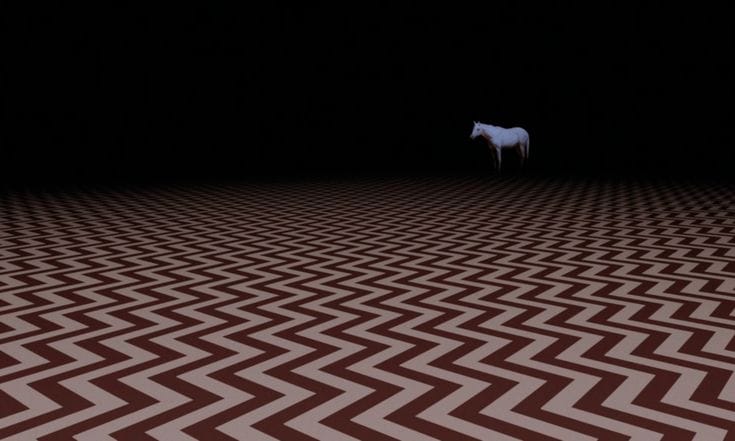
Geçenlerde hazırlamam gereken bir ingilizce sunumu olmuştu. Üzerinden geçmeden, olduğu haliyle konuşmamım iskeletini buraya atmak istedim.
Burada paylaştığım ilk ingilizce yazı olacak. Belki ileride farklı dillerle de devam ederim. Yazıya bahsettiğim sahnelerin linklerini de ekledim. Keyifli seyirler?
...
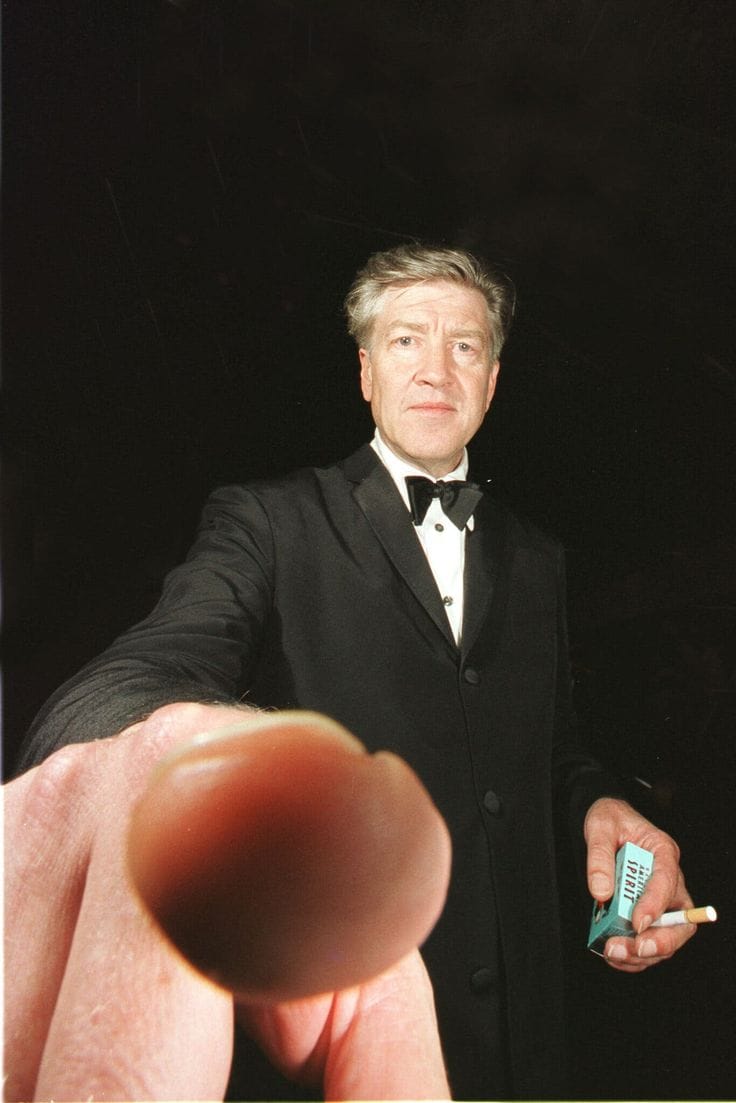
The thing with Freudian and Lacanian psychoanalysis is that it is more commonly used outside of clinical practices in other countries. Meaning that they have become more prevalent in sociology, philosophy, literature, political science or cinema studies around the globe. So it’s not really groundbreaking to use the tools that psychoanalysis offers us. Especially Lacan, since he has become a superstar in film faculties. I will develop two main points : Freudian dream-work, and a little introduction to the Lacanian real.
My idea here is to use psychoanalysis as a tool in order to go through some of Lynch's movies. I will show some specific scenes in order to put an image behind what I'm talking about, and I think that it is going to make everything clearer for everyone. But don’t worry, I won’t get into spoilers, nor will I explain anything about the movies itself.
I’m not the first one to use psychoanalysis to analyze Lynch’s work. While I was doing my research, I’ve found that he’s a favourite in this area, his movies all have a dream-like feeling reminiscent of almost fever dreams, where the line between what’s real and what’s not becomes really blurry. This in return gathers the interest of psychoanalysis, which is known for its dream analyses. It is almost like Lynch offers us a key to the unconscious, by putting on the screen what usually cannot be symbolized.
There’s this uncanny feeling lingering in his shots, where we, as the viewers try to decipher what’s going on. Some people think that it’s utter nonsense, and they just try to discredit his work. In his book called Lynch on Lynch, he states that “ Some things in life are not that understandable, but when things in films are that way, people become worried”. This can be paralleled with the feeling of encountering the unconscious, where one does feel a little bit weirded out.
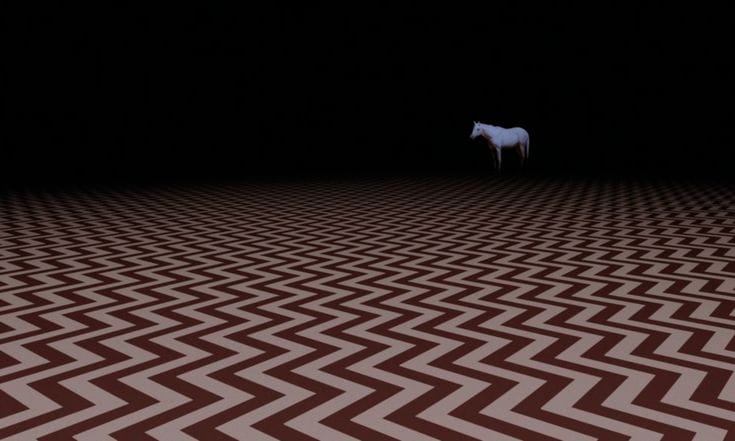
This quote makes us think more about the little glimpses where his movies show us basic things one might do in his/her day, just for the scene to become completely unsettling and absurd in a single moment. My argument is that his movies walk on a tightrope, where what’s real and what’s not cannot be completely understood. Where what’s possible, addressing our consciousness, and what’s not, our unconscious is blurred out. This in return, creates some kind of anxiety, an unsettling feeling for the viewer.
I want to take a moment here to show the first clip, where we can clearly see what I have been talking about so far. Here we don’t know for sure what’s going on, even the characters themselves don’t know if they are in a dream or not
CLIP 1
…
Now I want to specify another thing that I find quite fascinating : while watching the movies, for someone who knows psychoanalysis is pretty hard to not think about primary processes. Lynch constructs the scene in a way that defies conscious logic, but it makes a lot of sense if we look at them under the lens of how the Freudian unconscious works. In his book “The Interpretation of Dreams”, Freud underlines two major processes, condensation and displacement. To give an example, different people can be condensed into one, or an affect can be displaced, switching places by something we consciously might think that has nothing to do with how we feel. Our perception of time melts away, and things start to make little to no logic. For the unconscious mind, it is not far-fetched to think that an object might be in different places at the same time.
To illustrate these ideas, I want to use a scene from the movie “Lost Highway”, where we can see how the Freudian dream-work is incorporated into Lynch’s movies.
CLIP 2
I would also like to point out that the character we see in this clip, (not the white faced guy), is also condensed into two different actors during the movie, which illustrates in part how condensation works.
…
Another idea Lynch loves (which I like too), is to play with the idealized way of American life. For instance, he takes a suburban area, where everyone looks happy, or somewhat lives in harmony, and reminds us all of the gunk and filthiness running underneath.
This might be explained by going through his personal life. Lynch had a great childhood (at least according to him), and he grew up in a nice suburban area. However, during his university years, he went on to live in much worse places, especially in a highly industrialized and dilapidated area of Philadelphia.
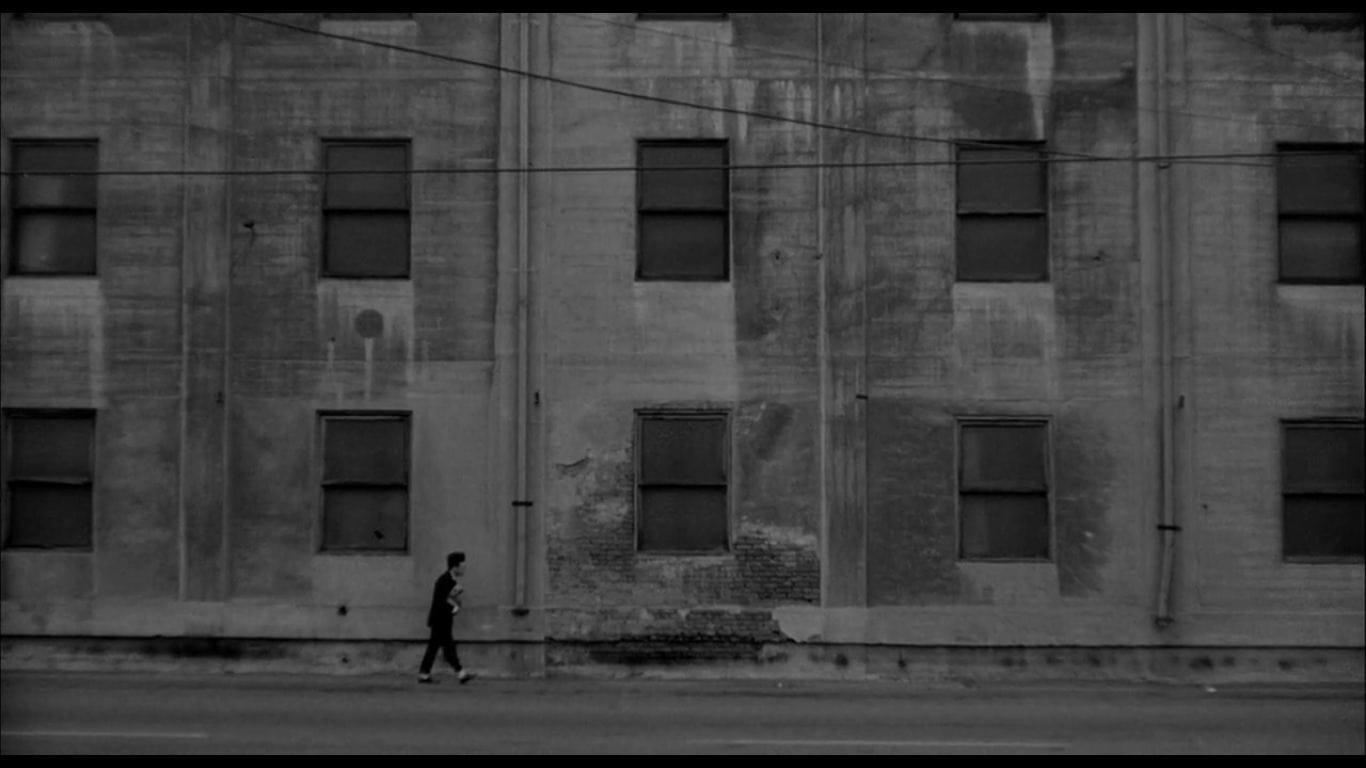
He grew fond of what he saw in Philadelphia, and he incorporated a lot to his work what he experienced there. We could clearly see that Eraserhead takes place in this kind of industrialized hellhole, with pipes, cement, and different kinds of oils and gases leaking everywhere.
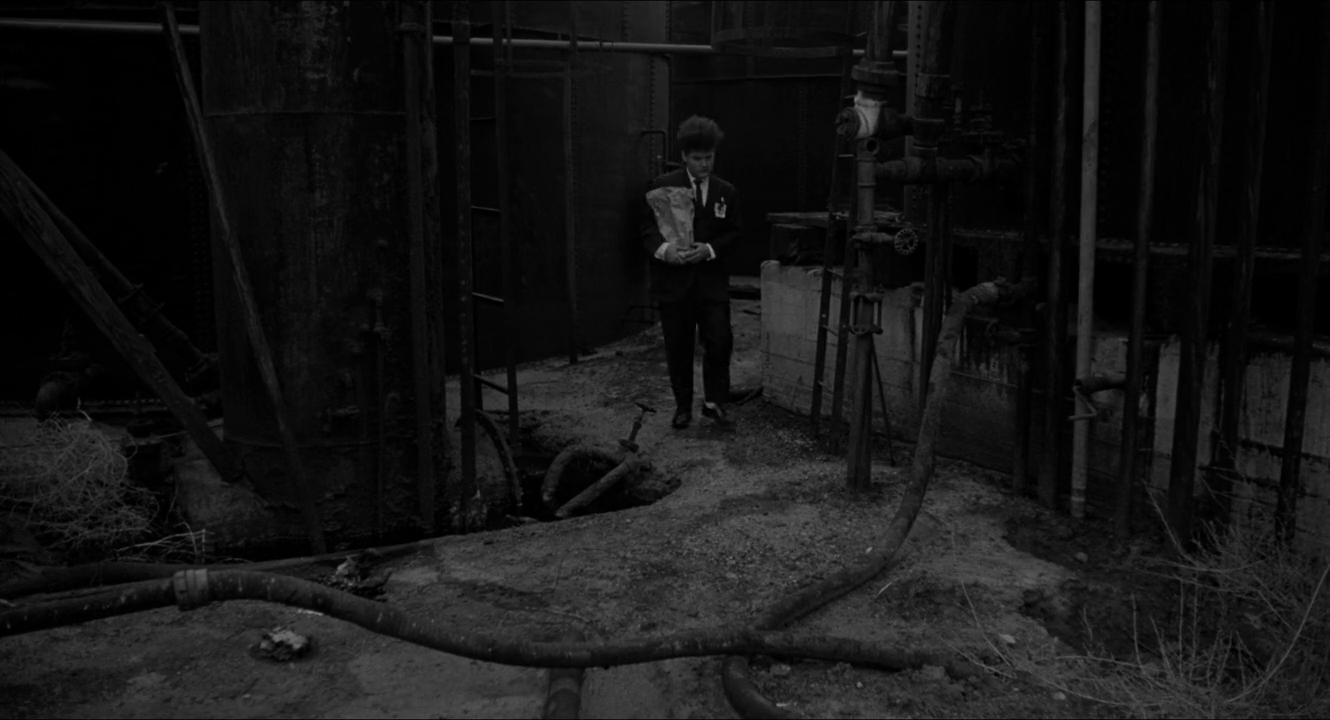
The idea that I want to talk about here is how Lynch nuances the perfect place, and the horror running underneath. For eons philosophy has defined the real as something that we cannot grasp. The word itself comes from the Latin word “realis”, which is defined by things in relation with material. The pre-socratics had a few ideas about the origins of materials. For Thales, everything came from water, for Heraclitus, it was Fire, whereas Anaximandre built a concept named apeiron : an infinite and undefined and abstract material. These were all called arche. The closest to what we think today was Democritus : he defined the reality of objects as small particles that the eye cannot see. Though in all of these different ideas, the real, as in materialistic means, cannot be truly defined.
Following the pre-Socratics, Plato had his world of ideas where the “real” as in the perfect form of things were not in the grasp of human beings.
Let’s stop here, and say that this has stayed the same to our day : even in physics, when we deal with miniscule or even subatomic particles, we use probabilities to describe the movement of particles. We are still not able to give information about the place, state, velocity or other information about these particles at the same time. We have to sacrifice one piece of the information in order to be able to measure another.
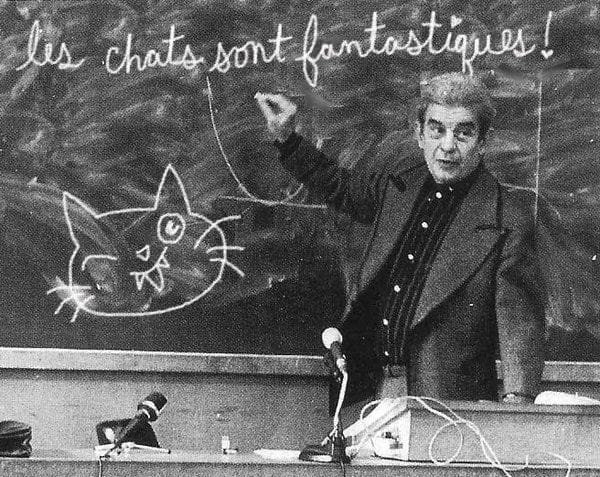
Now, in Lacanian psychoanalysis, we also have a thing called “real”. It might come as a surprise, but Lacan also defines the real in a similar manner. The real is something that cannot be grasped. To use fancy psychoanalytical jargon, it’s a rip through the symbolic order. The symbolic order is where the language, and its chain of signifiers lay. The real is what cannot be symbolized by language.
To simplify, if a fabric has a hole on it, you cannot see the fabric where the hole is. It doesn't exist, your eyes cannot see what there is not, however, we still can see the hole. It’s the same with the symbolic order, if it’s ripped one symbolizes what’s there with language, however, it doesn't change the fact that there is something there.
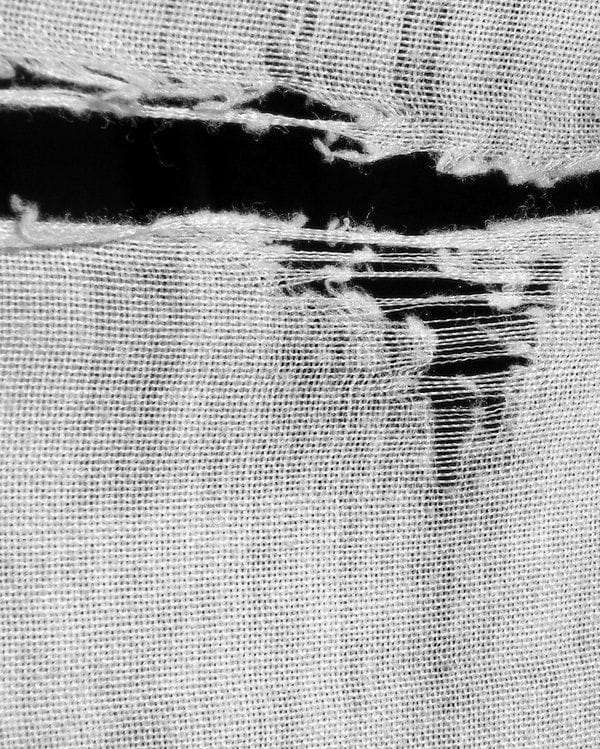
Now, if we go back to Lynch, not only we can find a similar conception of the real, but also a way of showing it through the camera lens. First of all here’s a pretty self-explanatory quote from the book :
“question : but we might be occupying the dream part right now. Who’s to say that this isn't limbo, and that real life is behind or ahead of us?
Lynch : A lot of this is mistaking the rope for the snake. We’re not experiencing the ultimate reality : the ‘real’ is hiding all through life, but we don’t see it. We mistake it for all these other things. Fear is based on not seeing the whole thing and, if you could get there and see the whole thing, fear is out the window”
And here I must say that this also means that fear is never out of the window.
The end things, I want to show this last short clip from Blue Velvet, where Lynch masterfully puts the real, and the nuance between the goodness that the eye sees, and gets mistaken, and what lurks behind the shadows, representing the real.
CLIP 3